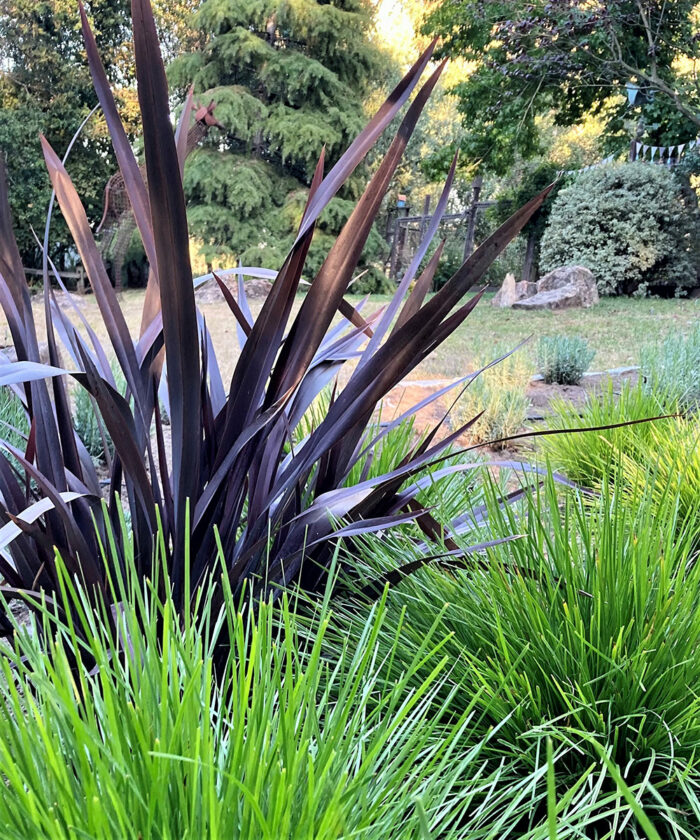
The term “ornamental grass” is a handy way for us to identify an array of plants that have narrow, strappy, or bladelike leaves. This group includes not only the true grasses but also rushes (Juncus spp. and cvs., Zones 4–9), sedges (Carex spp. and cvs., Zones 3–10), and narrow-leaved perennials such as New Zealand flax (Phormium spp. and cvs., Zones 8–11), lilyturf (Liriope spp. and cvs., Zones 5–10), and mondo grasses (Ophiopogon spp. and cvs., Zones 5–9). Not only do the following grassy plants add vertical interest and beauty to the landscape or container, but they’re all low-maintenance, pest-proof choices. These six grasses are also drought tolerant and are even avoided by deer, gophers, and rabbits, which are essential characteristics for those of us gardening in Northern California.
These plants come in a variety of sizes, habits, color palettes, and forms—from compact, low-growing, shade-loving clumps to large, arching, fountain-like mounds that are happiest in sunnier locations. Many grasses are evergreen, but others are deciduous, turning strawlike and brown, or losing their leaves entirely in winter. A number are fine-textured, while others boast wide, strappy foliage. The common denominators are that grasses are handsome, adaptable, versatile, and pleasing to the eye. There is at least one perfect choice that will enhance any garden!
Ornamental grasses (and grass impersonators) do so much for a landscape, perennial bed, or garden container, contributing movement, texture, color, and blooms. They complement and highlight their companions to perfection. A grass adds grace, serenity, and architectural interest that might otherwise be missing in the landscape. An arching, cascading grass is valuable when trailing, flowing, or softening of edges is called for. More-formal grasses with upright, taller-than-wide growth habits draw the eye upward, breaking up horizontal lines that can carry the eye straight through a garden, causing you to pause to take in more of the landscape.
Ornamental grasses for Northern California landscapes and containers
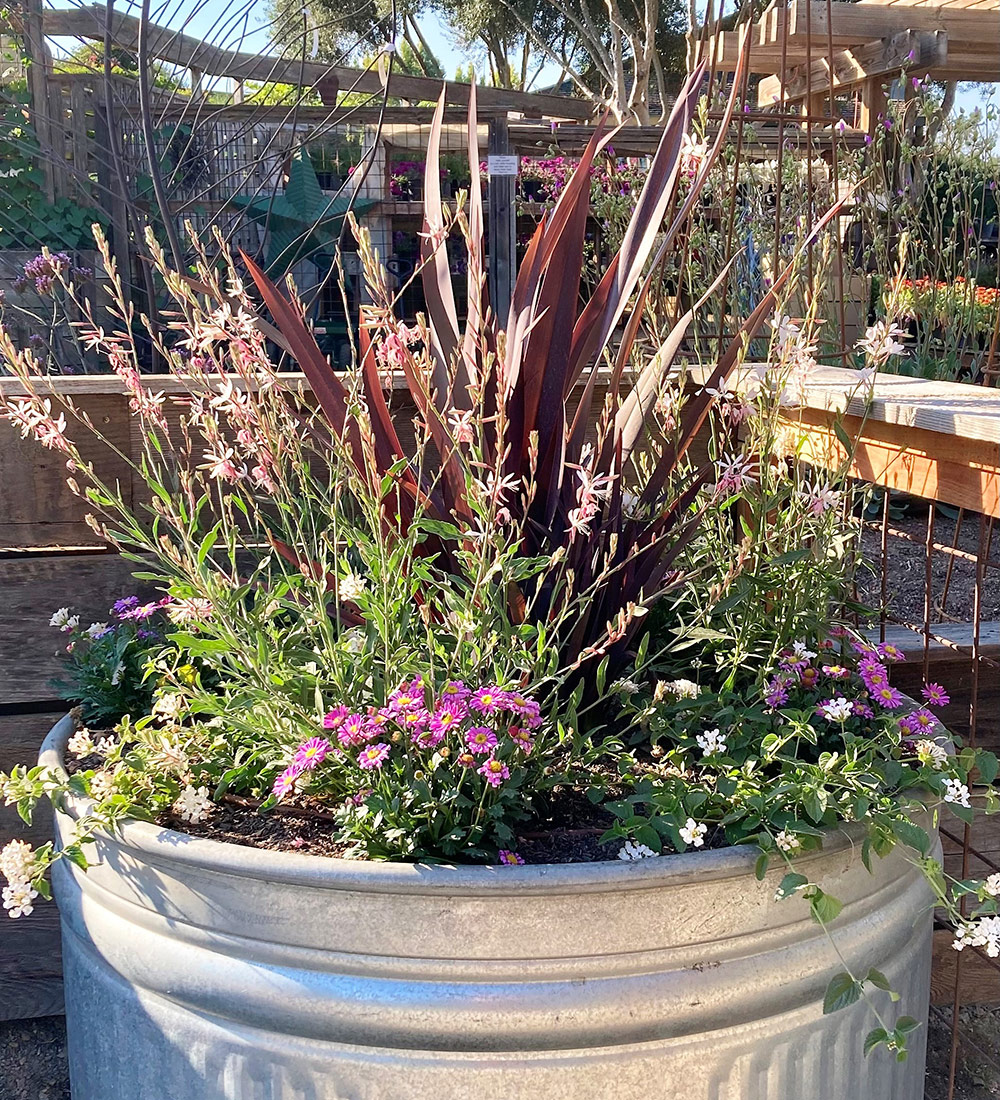
‘Dark Delight’ New Zealand flax
(Phormium tenax ‘Dark Delight’, Zones 9–11)
Used as a focal point or accent, this is a strappy-leaved, dark chocolate–colored plant that punctuates the perennial border or a patio container. With its eye-catching 4-foot-tall, slightly arching exclamation point–like habit, ‘Dark Delight’ adds drama, formality, verticality, and fabulous color contrast to the landscape. When mass planted, this evergreen, easy-care perennial grass can form an impenetrable hedge.
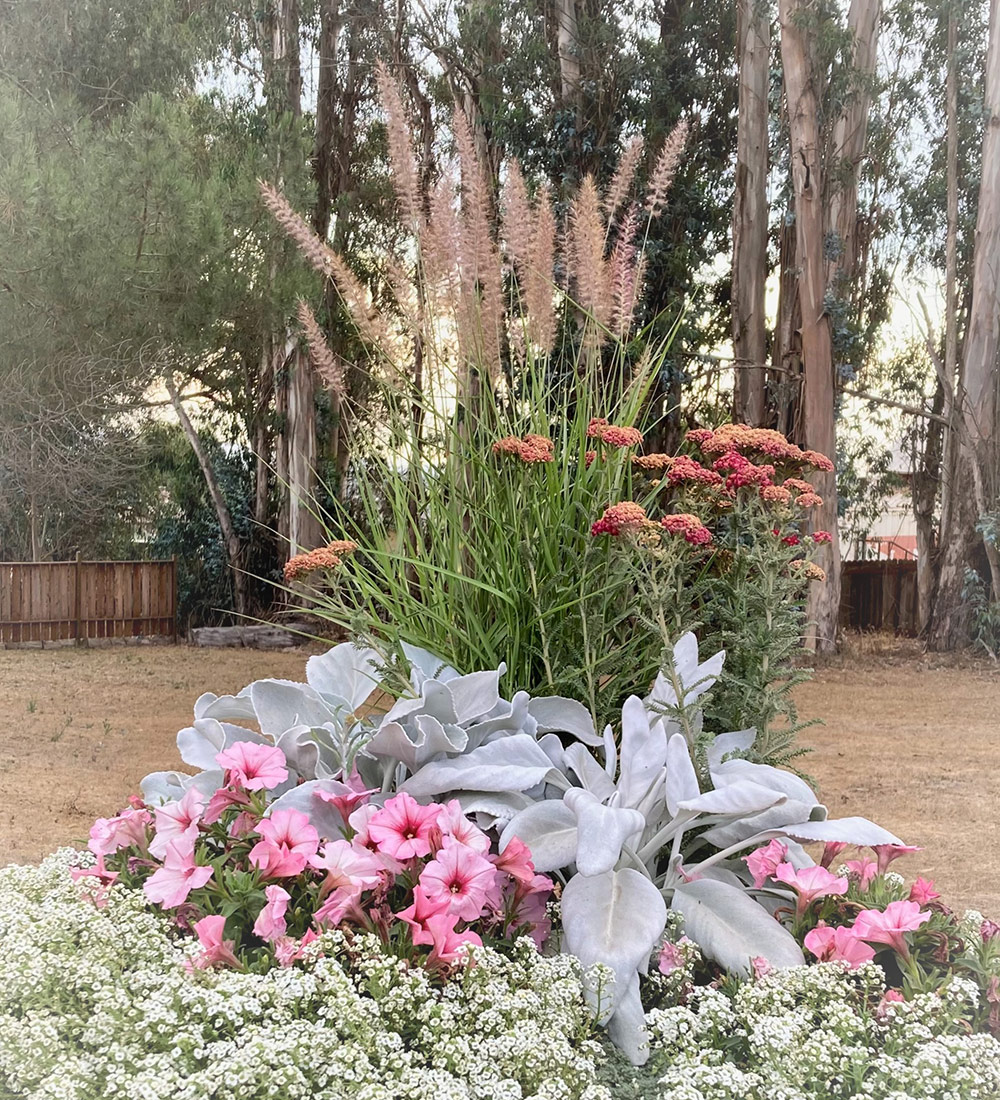
‘Karley Rose’ fountain grass
(Pennisetum orientale ‘Karley Rose’, Zones 5–9)
An early-flowering Asian native, this plant complements the various tones and textures of nearly any companion. I love using it in containers, like the sun-loving, drought-resistant, wine-barrel planting pictured here. ‘Karley Rose’ contributes invaluable height, warmth, and breezy grace to the combo with its 3-foot-tall pink-flowering plumes. This grass is deciduous, perennial, and drought tolerant. The only maintenance it requires is being cut back to 4 to 6 inches high in late winter.

‘Elijah Blue’ fescue
(Festuca glauca ‘Elijah Blue’, Zones 4–9)
Grasses can blur the hard edges, or alternatively, precisely define a pathway’s borders, depending on the grass chosen for the job. When mass planted along a walkway, the compact, 8- to 10-inch-tall upright silver-blue tufts of ‘Elijah Blue’ fescue definitely soften the edges. Though it sometimes appears silver-tinted, this always attractive, fuss-free evergreen is a crowd favorite for a reason in Northern California.
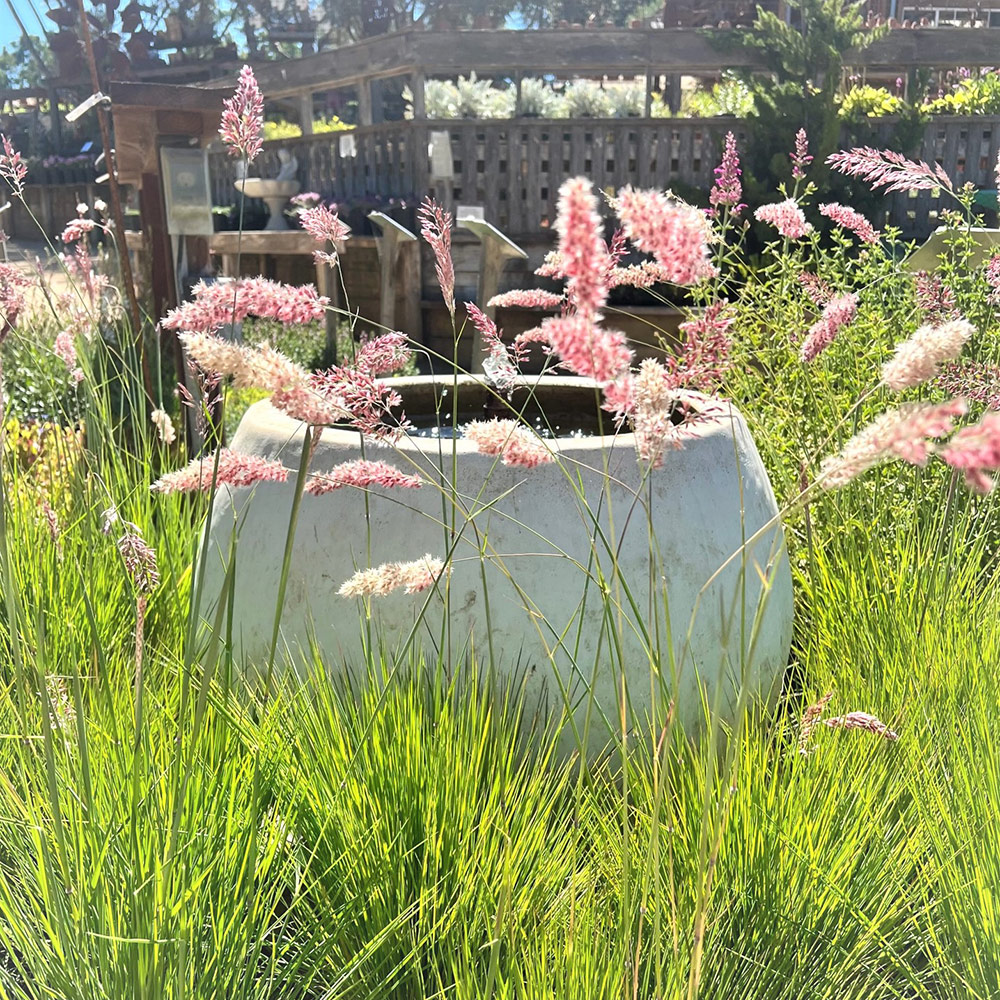
‘Savannah’ ruby grass
(Melinis nerviglumis ‘Savannah’, Zones 8–10)
A water feature highlighted by a mass planting of soft and touchable ‘Savannah’ ruby grass with its fine-textured blue-green foliage and waving vertical wands of puffy pink plumes is a delight to behold! This South African native is perennial, deciduous, and easy to maintain in our often very dry climate. Prune it down to the ground in late winter in NorCal to allow the new spring foliage to emerge cleanly.
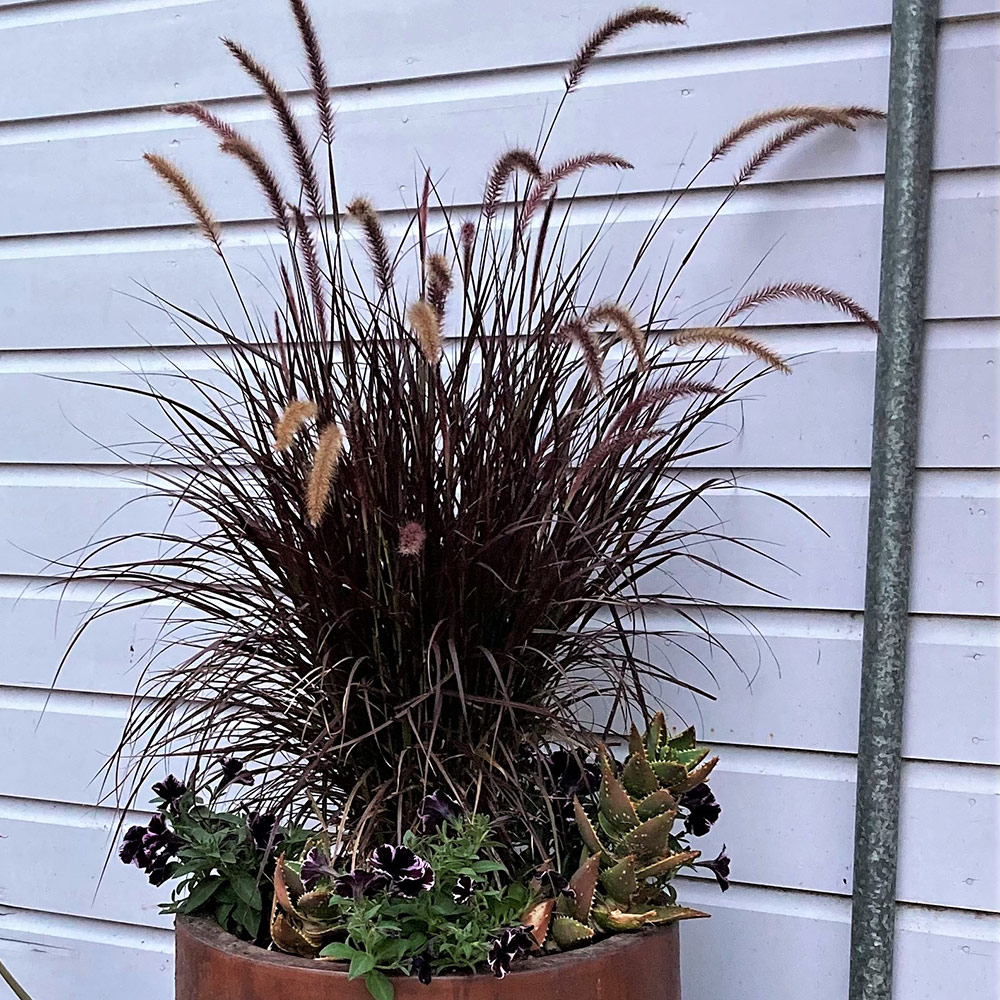
Purple fountain grass
(Pennisetum setaceum ‘Rubrum’, Zones 9–10)
One of the loveliest ornamental grasses—and my go-to for container plantings—is a Baja California native: purple fountain grass. Fabulous in any sunny situation, and adored for its striking burgundy foliage topped with shimmering mauve pink plumes, this deciduous 3- to 4-foot-tall perennial requires minimal care. Leave the still-attractive, strawlike foliage in place until late winter, and then cut it to 6 to 8 inches from the ground to allow the burgundy and green spring foliage to emerge. In colder areas of NorCal, mulch well to prevent the roots from freezing.
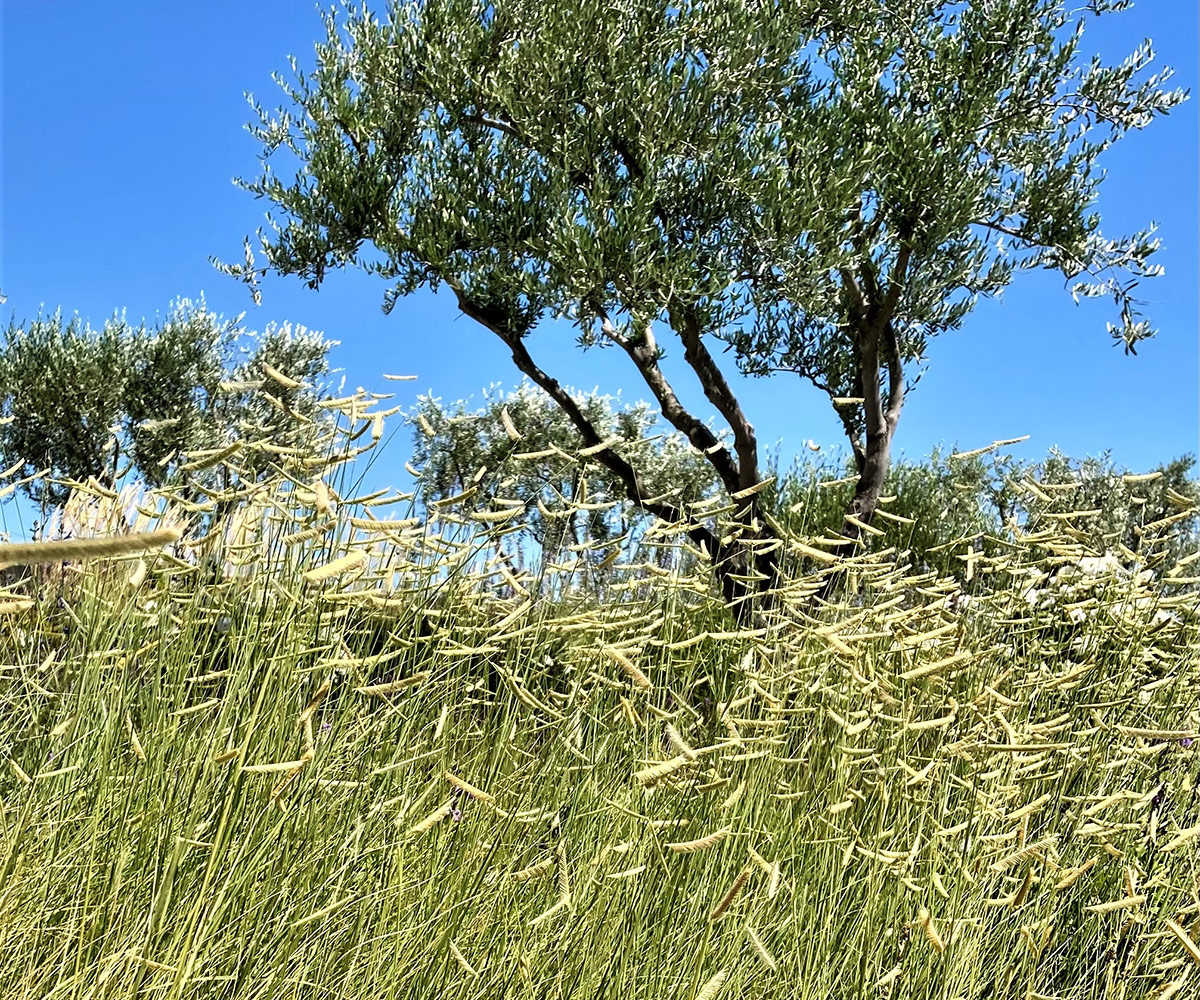
‘Blonde Ambition’ blue grama grass
(Bouteloua gracillis ‘Blonde Ambition’, Zones 4–9)
‘Blonde Ambition’ blue grama grass is one for the shopping list. It’s a long-lived, drought-tolerant, deciduous, rugged, warm-season grass and a western U.S. native with fine-textured straw-green leaves. It truly catches the eye with its charming “eyelash” flowers held like little horizontal flags up above the foliage all summer long. Even the slightest breeze sets them moving, making this grass an excellent candidate for mass planting in a meadow garden. Growing 3 feet tall and wide, ‘Blonde Ambition’ should be cut almost flush to the ground in late winter.
For tips on dividing ornamental grasses go here.
—Fionuala Campion is the owner and manager of Cottage Gardens of Petaluma in Petaluma, California.
Photos: Fionuala Campion


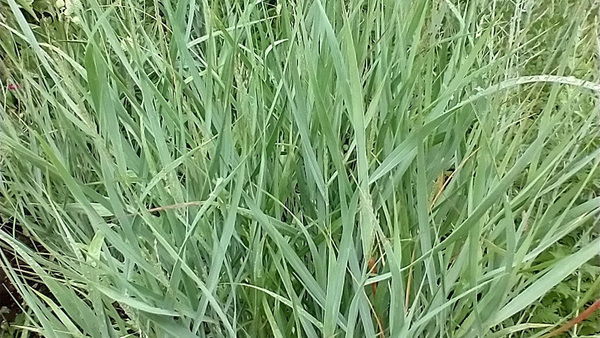
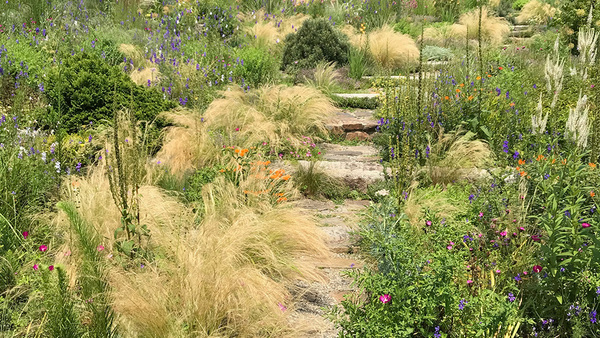
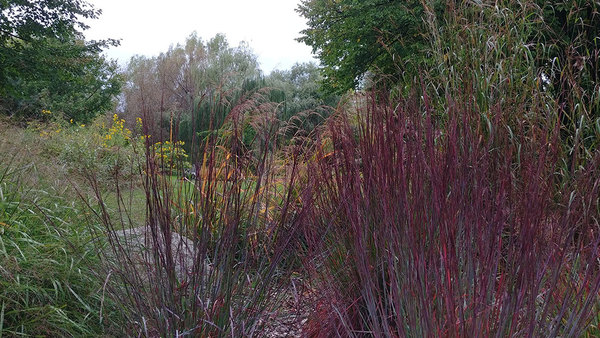
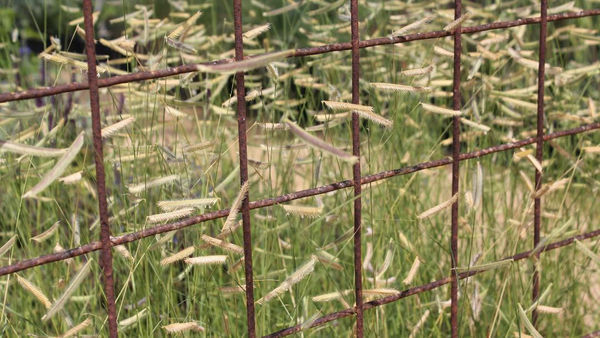












Comments
Log in or create an account to post a comment.
Sign up Log in